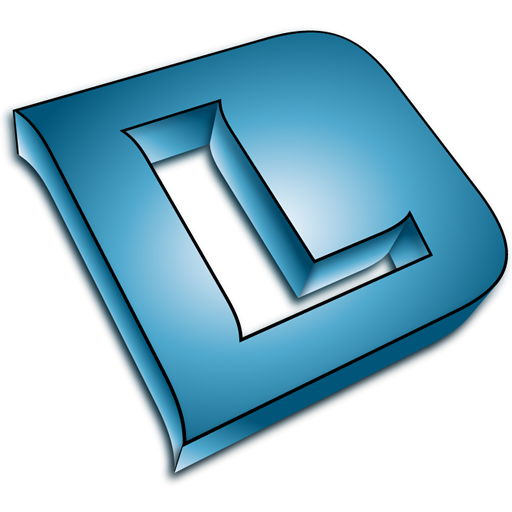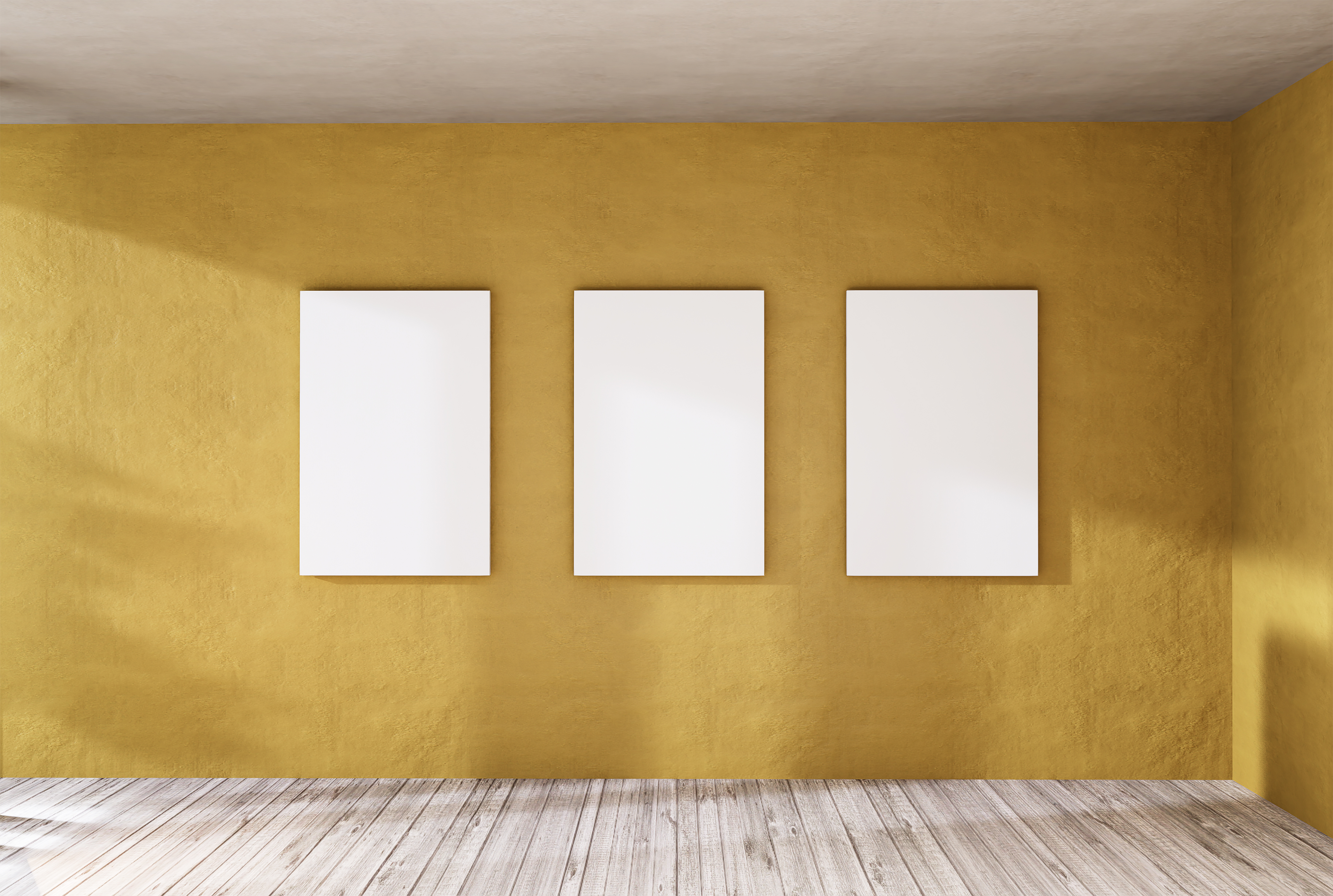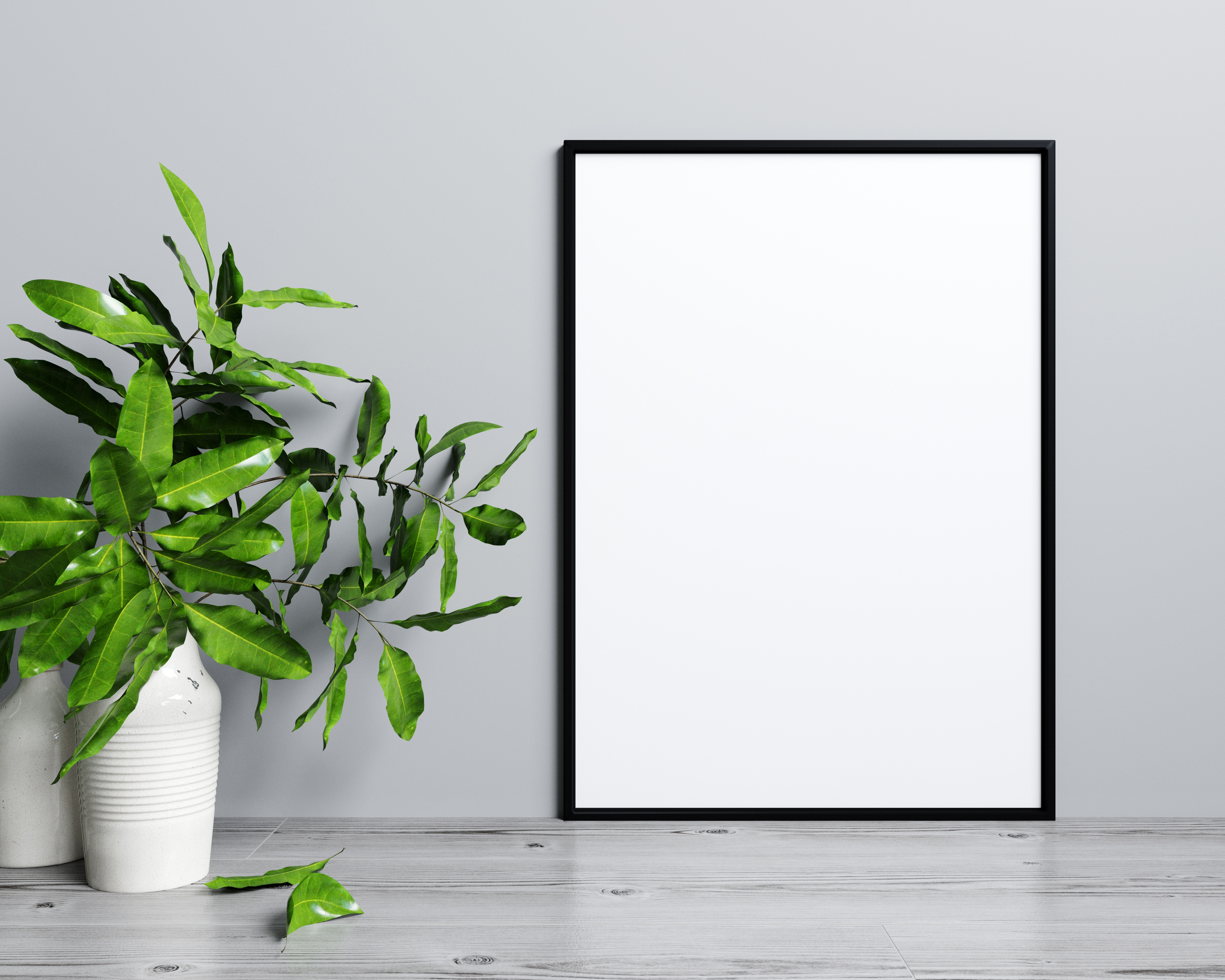How To Create An Effective Poster
Whilst businesses make use of the digital opportunities available in advertising and marketing, some of the more ’traditional’ marketing tools can still prove very effective in boosting brand image and generating new business.
One of the tried and trusted advertising vehicles is poster printing. Ideal for promoting all elements of business events, services, and products, printed posters provide a cost-effective and affordable form of visual communication. Here are some tips on how to create an effective printed poster for your business:
Planning
The first consideration in your poster design is planning – you need to Identify the message you want to convey with your poster design. From that point you can start to visualise your content and layout the individual elements you want to include, and where they should appear in relation to each other in the overall design. A poster is primarily consisted of four key elements – the title, the graphics, the specific text and, importantly, white space.
Format
Having established a general outline of the look and the content, you need to consider the format and the size of your poster – consider how and where you are going to use your poster to the greatest effect. Decide whether it will just be a physical printed poster to be displayed in different locations, or will you want it to be effective in a smaller version as an online poster.
If your poster is to be dual purposed, think about how the design lends itself to the different mediums – whilst a design in big, bold typeface and imagery might be ideal for a large-sized printed poster, it may appear ‘crowded’ and ‘busy’ on a smaller screen as a display on social media platforms, and be difficult to read. Consider the choice of typography and images to ensure your design lends itself to whichever environment in which it is to be viewed.
Title
The title describes the content of the poster so should be succinct and concise – it shouldn’t cover more than two lines of text and should be displayed in a large font and bold lettering. The title does not necessarily have to appear on the top of the poster – but it should be the ‘standout’ feature of the design to attract initial attention.
Graphics
Visual images are very important in effective poster design – firstly, they must appear in context with the overall text and message of the poster. The second consideration is the quality of the image – always use high-resolution images as a ‘grainy’ or poor-quality image will have a negative effect on those who see it! A dominant image or graphic will have that initial impact and grab the attention, so it is okay to go big and bold – it should be large enough that a person standing five or six feet away can clearly see and identify the image.
Text
The main content of your poster needs to relay your message clearly – posters typically use around 800 words – certainly no more than 1000 words is advisable. Your design should have the text organised into distinct sections which can be easily identified and easy for any onlooker to navigate.
There is not a lot of space, so ensure your text is relevant and concise – a printed poster is not a vehicle for fine detail! Your poster should only display the important information you need your customer to know – perhaps the date, time, location and participants of an event, or the specific product or service and where they can be found or accessed.
It is best to use a font about half the size of your headline display and is simple, familiar to most people and is easily read. If there is space, and the design can ‘carry’ it, you may include some finer detail text – perhaps a little more detail on the event, product, or service the poster is advertising – information that is useful but not essential for the reader.
White Space
White space is essential for effective text layouts – it ensures readability and legibility. It provides visual clarity and helps establish the visual hierarchy of the poster content. When used thoughtfully, white space can elevate your poster design and increase its impact on those who see it.
Colours
Your poster design needs to catch the attention of people – so the use of colour is important! Choose colours that are appropriate for your company and the message you want to convey – perhaps bold, vibrant colours for a celebratory event or product or more subdued colours for a more ‘low-key’, sophisticated promotion. Remember though, whilst colours can be effective, you don’t want the poster design to be too ‘overpowering’ and ‘busy’ – it is recommended you use between 3- 5 different colours at most!
Print Process
When decided upon your design, content, and format for your poster, you should consider the print process itself, and the materials that will produce the most effective poster for your marketing campaign – consult with an established print company who can advise you on the best, high-grade materials of print and paper stock.



